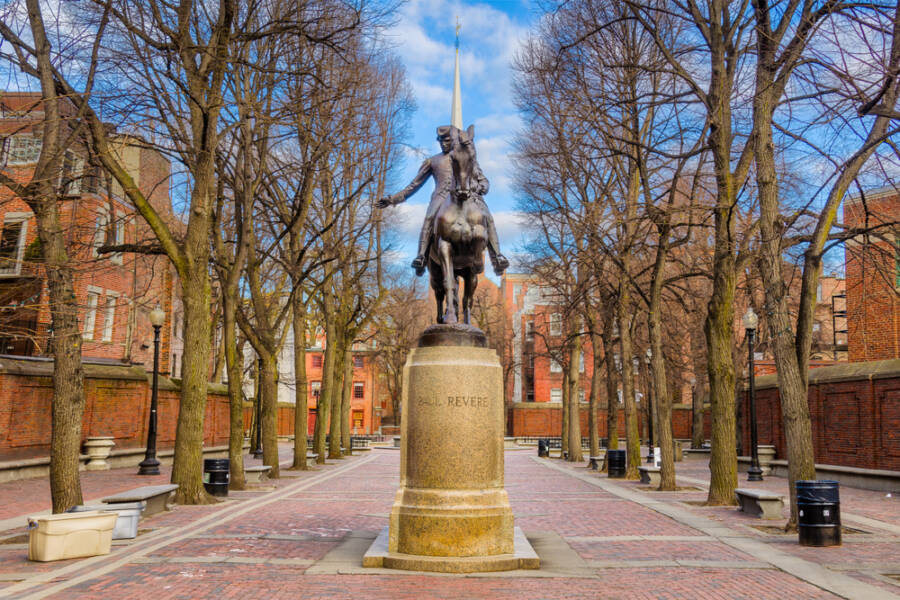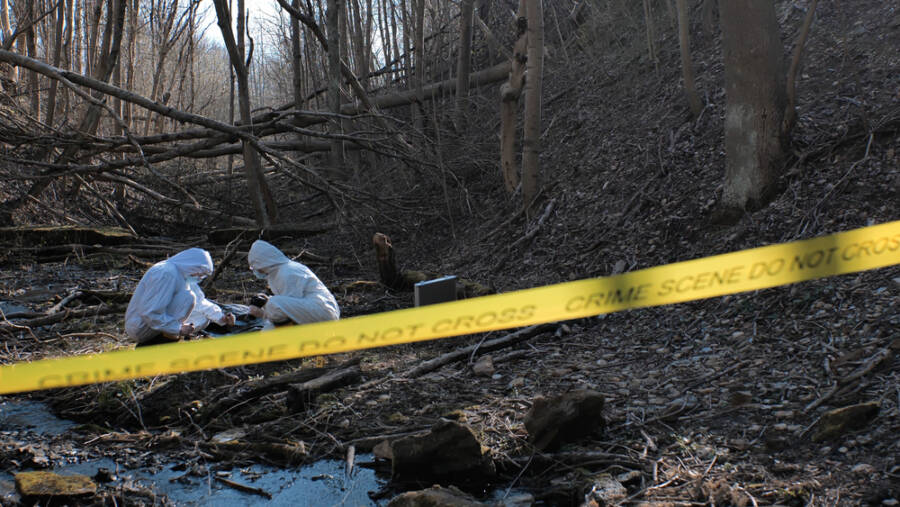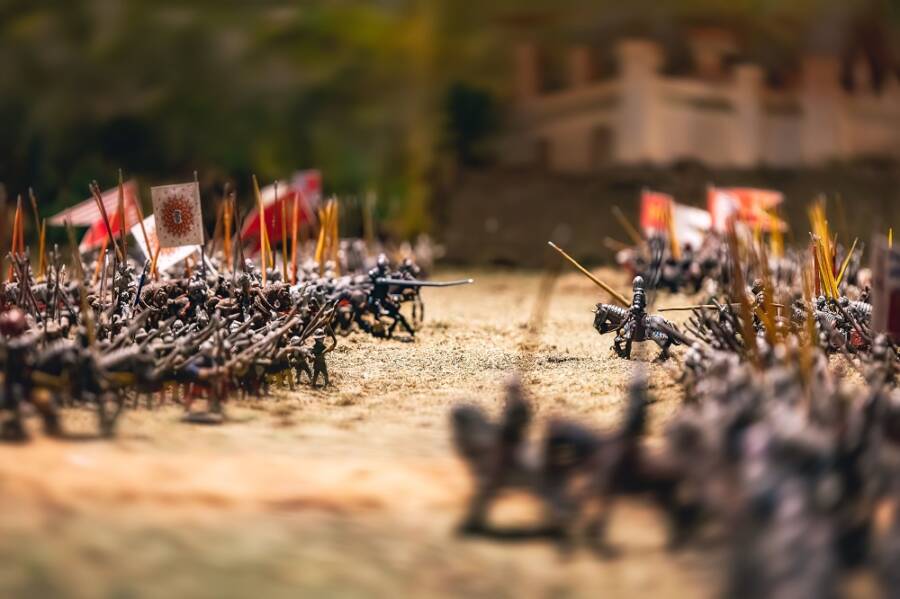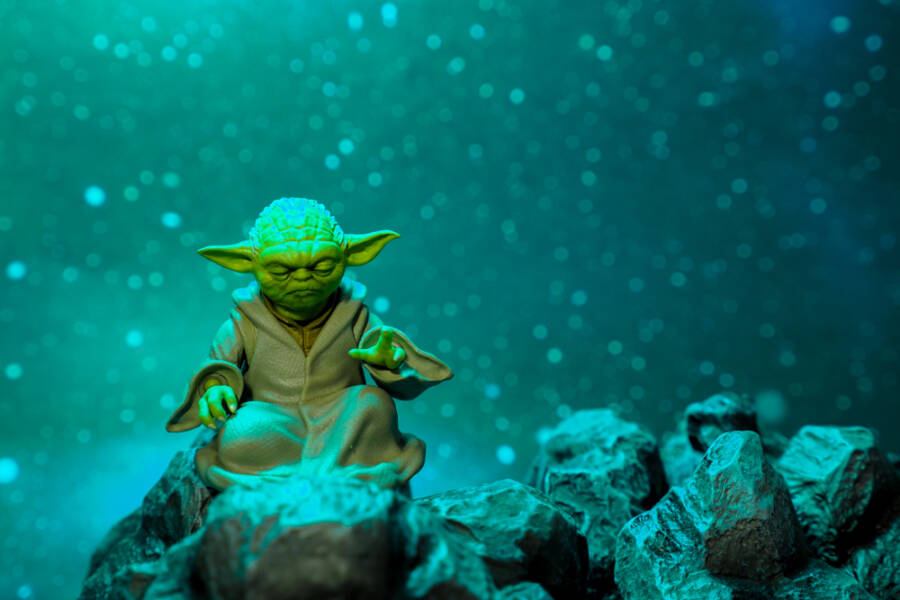The 26th President of the United States, Theodor “Teddy” Roosevelt served from 1901 to 1909. As we all know, he was a larger-than-life figure, famously known for his boundless energy, progressive policies, and rugged persona.
Born into a very wealthy New York family, he managed to overcome his longstanding asthma only through his titanium-like determination, developing a true passion for adventure. As president, he was the one to secure the “Square Deal,” while advocating for trust-busting, labor rights, and consumer protections.
He was a staunch conservationist, focusing on protecting national parks, forests, and monuments, as well as laying the foundation for modern environmental policies.
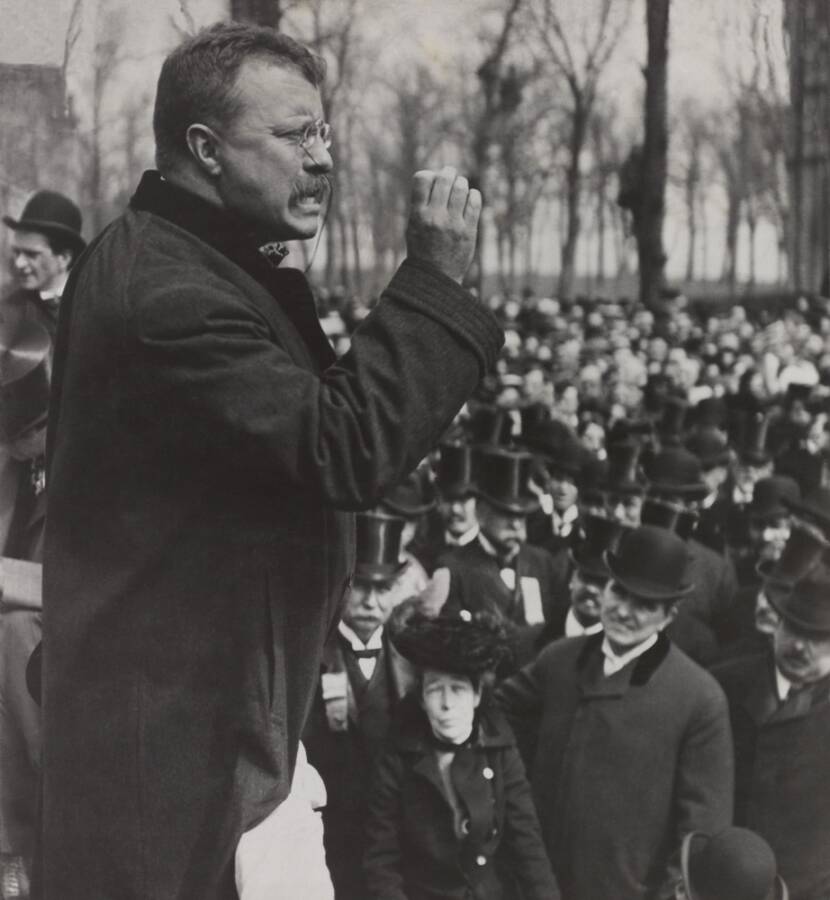
His Mother and his first wife died on the same day
On Valentine’s Day, back in 1884, Roosevelt’s mother passed away from typhoid fever. On top of that, one floor above in the same house, his first wife, Alice, died less than 12 hours later from complications from birth to their first child only two days prior and a longstanding Bright’s disease. That night, Roosevelt wrote in his journal, “The light has gone out of my life.”
Roosevelt was a New York City police commissioner
After his appointment in 1895, Roosevelt tried to reform one of America’s most corrupt police departments. The soon-to-be president constantly took midnight rambles to make sure that officers were walking their beats.
His decision to establish an unpopular law that banned the sale of alcohol in the majority of saloons on Sundays also made him one of the most unpopular figures in New York. Nevertheless, he persisted in the crusade even after receiving two letter bombs in the mail.
He did skinny-dipping in a famous river
While he was president, the noted outdoorsman often loved to escape the confines of the White House. Roosevelt preferred the Potomac and Anacostia Rivers to sail with his presidential yacht.
Moreover, he constantly led hiking expeditions in Rock Creek Park, where he used to scale cliffs and use twigs and stumps for target practice with his revolver. After strenuous walks along the Potomac, the president on occasion would shed his clothes and take a plunge in the river to cool off.
He won the Nobel Peace Prize
The man who became famous for his exploits at San Juan Hill during the Spanish-American War and “Big Stick” diplomacy, received the 1906 Nobel Peace Prize for his role in mediating the Treaty of Portsmouth, which efficiently ended the Russo-Japanese War. Roosevelt was also the first American to capture the award, using the prize money to fund a trust and promote international peace.
Roosevelt was the first sitting president who left the country
Back in November 1906, Roosevelt made presidential history by becoming the first chief executive who would leave America. He sailed aboard the USS Louisiana to personally check the instructions of the Panama Canal, a project he had championed as president.
A boxing accident left him virtually blind with one eye
Did you know that the former president boxed for Harvard University’s intramural lightweight championship? After that, he kept sparring recreationally throughout his political career.
During his days in the White House, he constantly put up his dukes against former professional boxers and plenty of other sparring partners, until one punch from a young artillery officer hit one of his blood vessels and left him nearly blind in his left eye.
He was a prolific author
Ever since his earliest days, Roosevelt had a deep passion for reading and writing. His first book, “The Naval War of 1812,” was finished at the age of 23 and earned him the reputation of a very serious historian.
Over time, Roosevelt authored 38 books, which also included an autobiography, a biography of Oliver Cromwell, and a history of New York City and the four-volume series “The Winning of the West.” But that’s not it! He also wrote plenty of books and magazine articles about hunting and his frontier exploits.
He was a member of the Hasty Pudding Club
During his time as a Harvard graduate, Roosevelt won the election into the Hasty Pudding Club. He was the social club’s secretary during his senior year. He was also one of the five presidents, the others being John Adams, John Quincy Adams, Franklin D. Roosevelt, and John F. Kennedy, to have been a renowned club member.
He once scaled the Matterhorn
As a student at Harvard, Dr. Dudley Sargent warned Roosevelt, who had been a sick child since the very beginning, that due to his weak heart, not living a sedentary life might come with fatal consequences for his well-being. “Doctor, I will do all the things you tell me not to do,” Roosevelt responded.
“If I have to live the sort of life you just described, I don’t care how short it is.” Only a year after his graduation, Roosevelt decided to take some time from his European honeymoon with Alice and scale the 15,000-foot Swiss Alp with two guides.
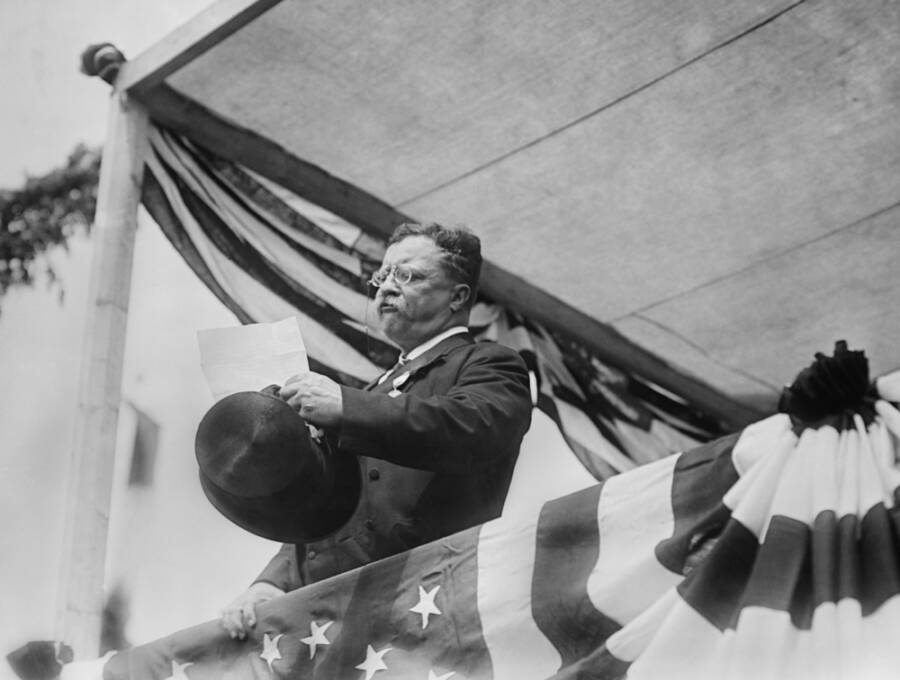
He volunteered to lead an infantry unit in World War I
Right at the outbreak of World War I, the 58-year-old ex-president was quite eager to return to the front lines. He vehemently lobbied President Woodrow Wilson to pick him as the head of a 200,000-man expeditionary force in France.
Around the country, supporters of the hero of San Juan Hill staged many rallies of support. However, he was never called to fight in the war that ultimately claimed the life of his son Quentin, who was killed in action when his plane was shot down over France in 1918.
His love for nature
Throughout his life, Roosevelt knew he would find what he was looking for in nature. Beset by way too many childhood illnesses, a very young “Teddie” loved adventure books, becoming a passionate student of nature. By 12, he collected hundreds of birds and animal specimens for his self-named “Roosevelt Museum of Natural History.”
By his late teens, he was a very good woodsman, hunter, and taxidermist. Rugged landscapes gave him refuge, especially in times of tragedy. After losing his father at a young age, a 19-year-old Roosevelt tested his mettle with an arduous expedition into the remote Maine woods.
He had one of the most ambitious conservation agenda
According to the “legend,” when then-President Roosevelt viewed Mariposa Grove, Sentinel Dome, and Glacier Point in Yosemite National Park, he had a spiritual epiphany. He witnessed firsthand the serious implications of overhunting the bison and overgrazing frontier ranch lands.
He knew very well that America’s natural resources weren’t finite. As president, he had quite an ambitious conservation agenda, setting aside 150 national forests, 51 federal bird preserves, and no less than four national game preserves with five national parks.
Besides establishing the National Forest Service in 1905, he also managed to establish 18 national monuments under the Antiquities Act of 1906. Unfortunately, all this also represented a serious and painful blow to Indigenous peoples who lived and thrived in those areas for many years, oftentimes side by side.
For instance, Chaco Culture National Historical Park in New Mexico, which was first set aside by Roosevelt in 1907 by federal decree, is now claimed as significant by 39 federally recognized tribes. They knew very well that those areas were sacred, beautiful, and completely awe-inspiring.
If you found this article useful, we also recommend checking: 5 Presidents With More Controversial Legacies Than Trump

